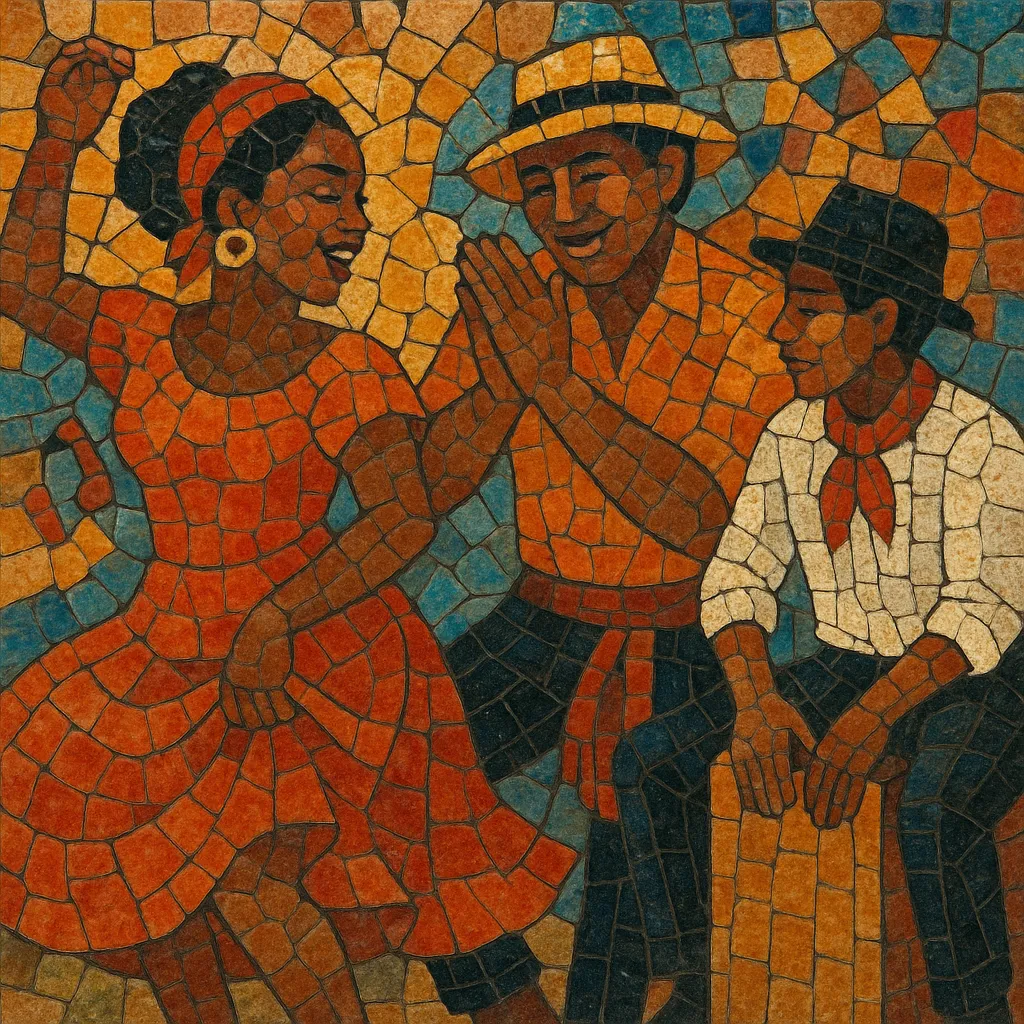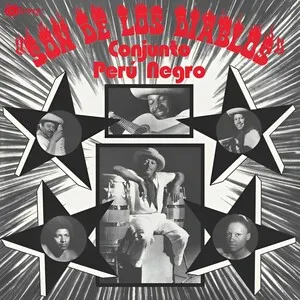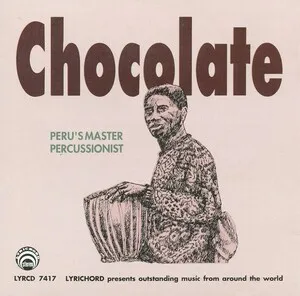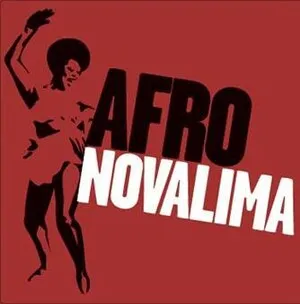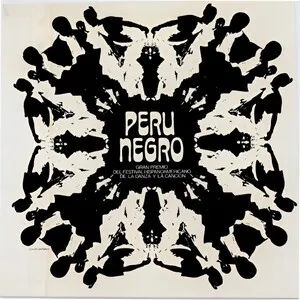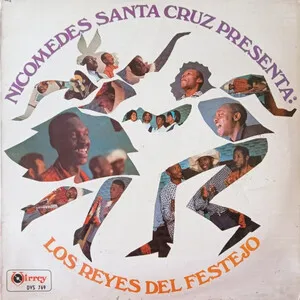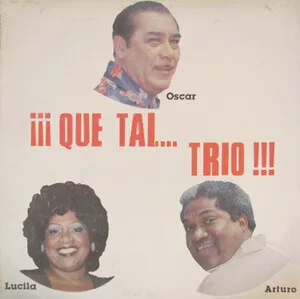Festejo is a lively Afro-Peruvian music and dance style from Peru’s central coastal region. It is characterized by an upbeat 12/8 (or fast 6/8) feel, driving handclaps (palmas), and polyrhythmic percussion led by the cajón, often joined by the quijada de burro (donkey jawbone) and the cajita. Call-and-response vocals and celebratory lyrics emphasize joy, community, humor, and Afro-Peruvian identity.
Melodically and harmonically, festejo songs tend to use straightforward diatonic progressions and memorable choruses designed for audience participation. Dance is inseparable from the music: intricate footwork and body movement mirror the syncopated groove, making festejo a hallmark of Afro-Peruvian festive culture.
Festejo’s roots lie in the musical and dance traditions of Afro-descendant communities along Peru’s central coast, especially in Lima and the Chincha region. Its polyrhythmic foundation reflects West and Central African heritage brought during the colonial era, blended with local criollo practices and stage traditions.
Although its elements circulated earlier, festejo was codified and popularized during the Afro-Peruvian cultural revival of the 1950s–1970s. Cultural leaders like Nicomedes Santa Cruz and Victoria Santa Cruz researched, staged, and taught Afro-Peruvian forms; ensembles such as Perú Negro (founded 1969 by Ronaldo Campos) brought festejo to national and international stages. The cajón became emblematic of the style, while choreographies standardized steps for stage performance.
From the 1980s onward, artists including Susana Baca, Eva Ayllón, and Lucila Campos recorded and toured widely, bringing festejo to world music audiences. Contemporary projects have fused festejo with jazz, pop, and electronics, while community groups keep social and participatory traditions vibrant in festivals and neighborhood celebrations.

